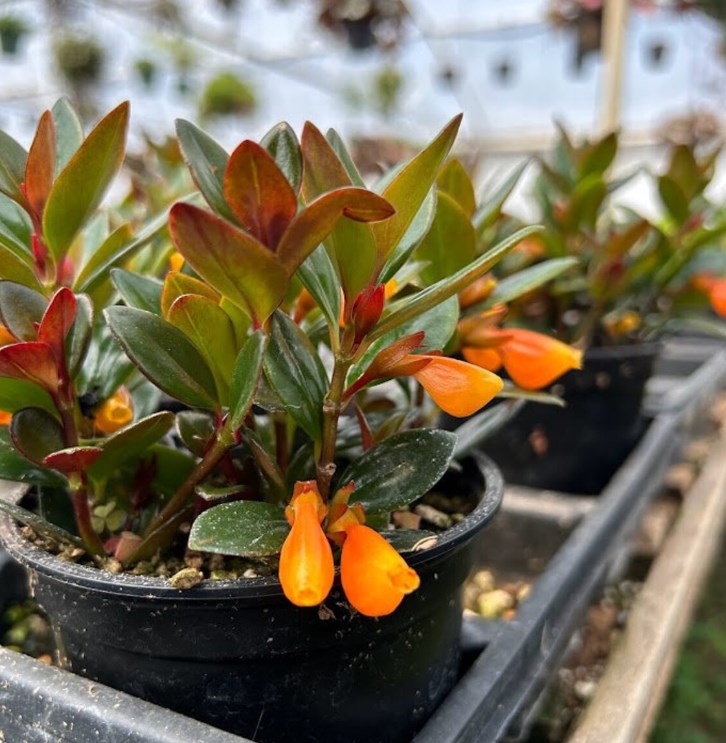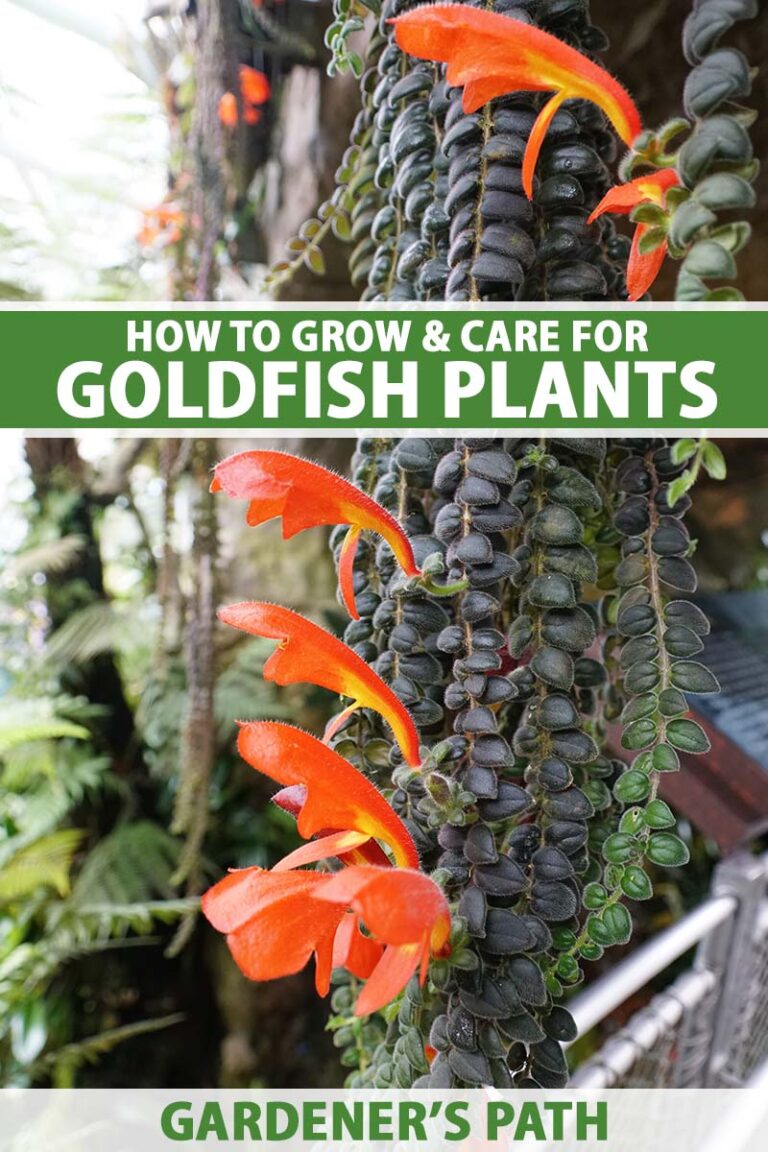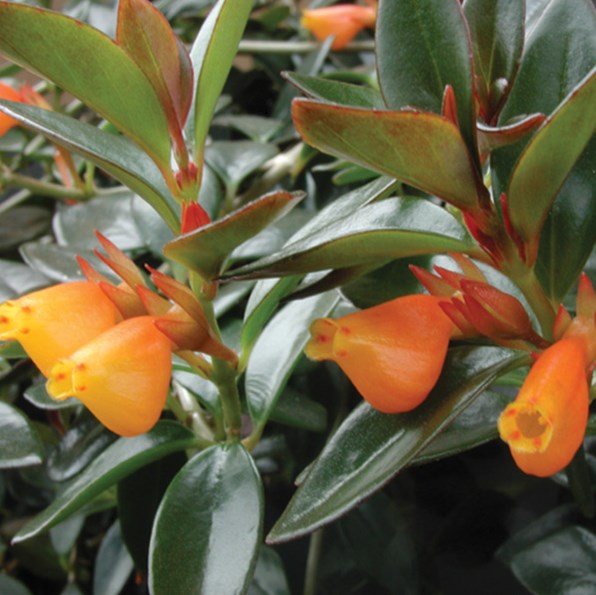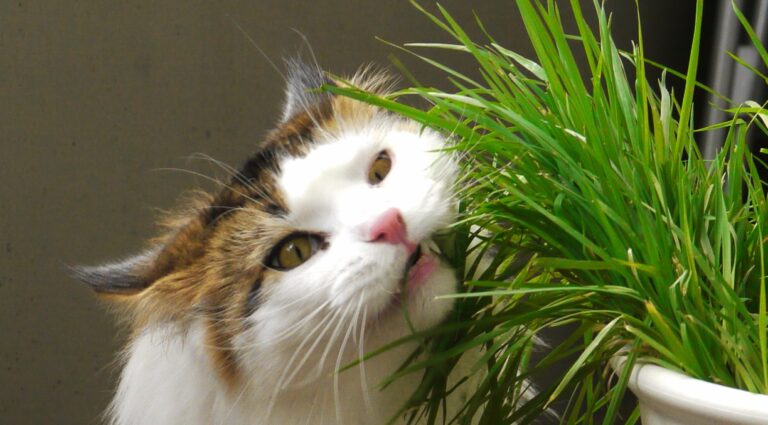Causes of Goldfish Plant Leaf Loss
Understanding why a goldfish plant’s leaves might be falling off is crucial for maintaining its health. Here, we explore the main causes: environmental factors, watering issues, light and temperature concerns, nutrient deficiencies, and pest and disease problems.
Environmental Factors
Goldfish plants are sensitive to environmental conditions. Exposure to drafts or sudden changes in temperature can cause their leaves to fall off (Botanical Garden Forum). They react poorly to extreme light and temperature. Insufficient light can lead to wilting, while excessive heat can cause the leaves to droop (Greg).
| Environmental Factor | Impact on Leaves |
|---|---|
| Drafts | Leaf Drop |
| Sudden Temperature Changes | Leaf Drop |
| Too Little Light | Wilting |
| Excessive Heat | Drooping |
Internal link: Learn more about goldfish plant humidity to manage environmental factors better.
Watering Issues
Watering practices greatly affect the health of goldfish plants. Overwatering can lead to root rot, causing leaves to droop and eventually fall off. These plants are sensitive to wet soil conditions (Greg).
| Watering Issue | Symptom |
|---|---|
| Overwatering | Root Rot, Leaf Drop |
| Underwatering | Yellow Leaves, Leaf Curling |
To delve deeper into proper watering techniques, visit our guide on goldfish plant watering.
Light and Temperature Concerns
Goldfish plants thrive in bright, indirect light. Too little light can cause leaves to drop, while too much light can scorch them. These plants prefer temperatures between 65°F and 75°F, as fluctuations can lead to leaf loss.
| Light & Temperature | Impact on Leaves |
|---|---|
| Too Little Light | Leaf Drop |
| Too Much Light | Scorched Leaves |
| Temperature Fluctuations | Leaf Drop |
Check our article on goldfish plant light for optimal lighting conditions.
Nutrient Deficiencies
Nutrient imbalances can lead to leaf issues. A lack of nitrogen may result in yellowing leaves and stunted growth. Dark green leaves with brown spots might indicate a nutrient overload.
| Nutrient Issue | Symptom |
|---|---|
| Nitrogen Deficiency | Yellowing Leaves, Stunted Growth |
| Nutrient Overload | Dark Green Leaves with Brown Spots |
Balanced fertilization is key. Learn more about goldfish plant fertilizer for healthy growth.
Pest and Disease Problems
Pests such as aphids and spider mites, and diseases like leaf spot and powdery mildew, can cause leaves to fall. It’s crucial to manage pests and diseases promptly to prevent further leaf loss.
| Pest/Disease | Impact on Leaves |
|---|---|
| Aphids, Spider Mites | Leaf Drop |
| Leaf Spot, Powdery Mildew | Leaf Drop |
Explore ways to combat pests and diseases in our pest management section.
Understanding these causes can help you take preventative measures to keep your goldfish plant healthy. For more information on maintaining and caring for goldfish plants, refer to our detailed goldfish plant care instructions.
Solutions for Goldfish Plant Leaf Loss
Proper Watering Techniques
Goldfish Plants are sensitive to both overwatering and underwatering, which can cause leaves to fall off. Overwatering leads to root rot—a common issue that causes leaves to droop before dropping off (Greg). To avoid this, water the plant when the soil is about 50% dry and ensure that any excess water is discarded (Bloomscape). For more details on watering goldfish plants, check out our guide on goldfish plant watering.
| Issue | Solution |
|---|---|
| Overwatering | Water when the soil is 50% dry, discard excess water |
| Underwatering | Maintain consistent watering schedule |
Optimal Light and Temperature Conditions
Goldfish Plants thrive in bright, indirect light. Insufficient light can lead to leaf drop, while excessive light may cause scorching of the leaves (Greg App). They prefer a stable temperature range between 65°F and 75°F. Fluctuating temperatures can stress the plant, leading to leaf loss. For optimal light conditions, visit our article on goldfish plant sunlight.
| Condition | Optimal Range |
|---|---|
| Light | Bright, indirect light |
| Temperature | 65°F to 75°F |
Addressing Nutrient Imbalances
Nutrient deficiencies, such as lack of nitrogen, can cause yellowing and leaf drop. In contrast, nutrient overload can lead to dark green leaves with brown spots. Using a balanced fertilizer can help maintain the overall health of the plant. For more information, read our guide on goldfish plant fertilizer.
| Nutrient Issue | Symptom |
|---|---|
| Nitrogen deficiency | Yellowing leaves |
| Nutrient overload | Dark green leaves with brown spots |
Pest and Disease Management
Pests like aphids and spider mites, along with diseases such as leaf spot and powdery mildew, can contribute to leaf loss in Goldfish Plants. Address pest issues and diseases promptly to mitigate the damage. For a comprehensive guide, check our article on pest and disease management.
| Problem | Control Method |
|---|---|
| Aphids and Spider Mites | Insecticidal soap, neem oil |
| Leaf Spot and Powdery Mildew | Fungicide, improved air circulation |
Pruning and Plant Care Recommendations
Pruning Goldfish Plants not only improves their appearance but also promotes healthy growth. Regular pruning encourages bushier growth and prevents leaves from drooping. For detailed care instructions, visit our article on goldfish plant care instructions.
| Task | Purpose |
|---|---|
| Pruning | Encourages bushier growth, prevents drooping |
Through proper watering techniques, optimal light and temperature conditions, balanced nutrition, pest management, and regular pruning, gardeners can prevent leaf loss in Goldfish Plants and keep their plants thriving.




